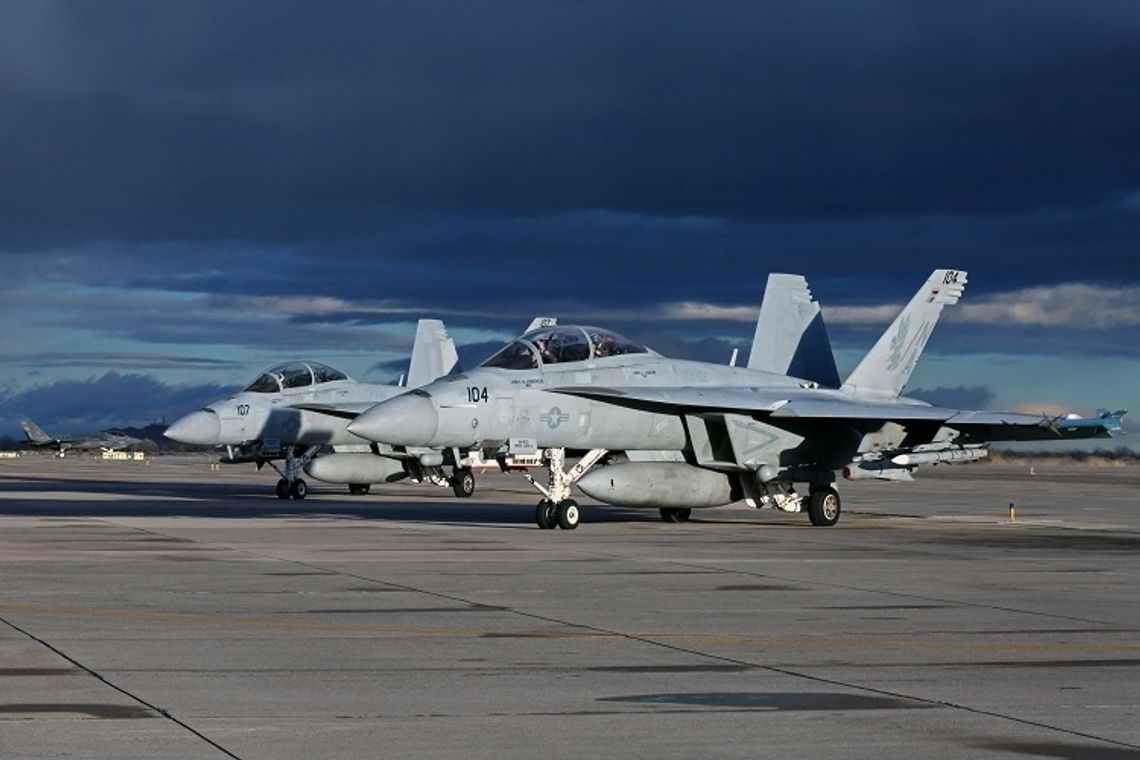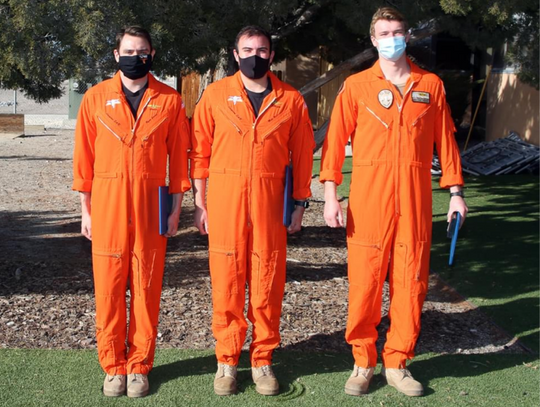“That’s the sound of Freedom,” is what I grew up hearing, on the north end of the Lahontan Valley under the take-off path on the way to Bravo-20 training range.
Now we read someone posting on social media, “my kid can’t sleep,” and the whole community chimes in to the let the new person know, “this is a Navy town, did you not notice that when the U-Hauled rolled past a jet and the American flag before you hit McDonalds?”
As far as Fernley, over the past few days, there have been lively discussions (for the most part friendly and humorous) over the origins of “that loud bang” coming from the skies.
While the folks out at the base haven’t been flying anything out of the ordinary, this past week has been noticeably louder. Even we locals, who have come to appreciate the roar of an F-18 as ambient noise, have taken a conscious reckoning to the cacophony which can be lain at the feet of the weather and a cloud cover that has created a sound booth for the jets as they roll through our skies.
Zip Upham and Larry Carlson, who both work in Public Affairs for the NAS Fallon have been answering questions from the public, explaining the noise comes from “close-air support training over the B-16 range southwest of town.” Carlson said that while the flight path goes over town, the low clouds from the incoming storm enhance the noise and makes it louder than usual.
Bombing ranges surround the community on all four sides with B-20 located north of town, east of Highway 95 on the way to Lovelock. B-17 is located east of town, straddling Highway 50, towards Austin, B-19 is south of town, tucked down on the east side of Highway 95, toward Schurz.
Upham says it’s likely that Fernley folks are hearing the jets as they fly close-air support activity over B-16 when they peal off and exit west and then turn north to stay in the air space. He says, “With the low cloud cover right over the top of those jets it just pushes that noise straight back down.”
While the activity over B-16, does not involve live ordnance, Upham said, “we’re kind of restricted on airspace we can use. So, in a tight turn the moisture in the cloud cover just above the level of holding gives the perfect acoustic bounce.”
What we are experiencing is the strike fighter advance readiness phase training, and like the air wing training that also happens at NAS Fallon, is completely normal. However, the atmospheric conditions are making that training louder than usual, letting us all know they’re doing their jobs out there.











Comment
Comments